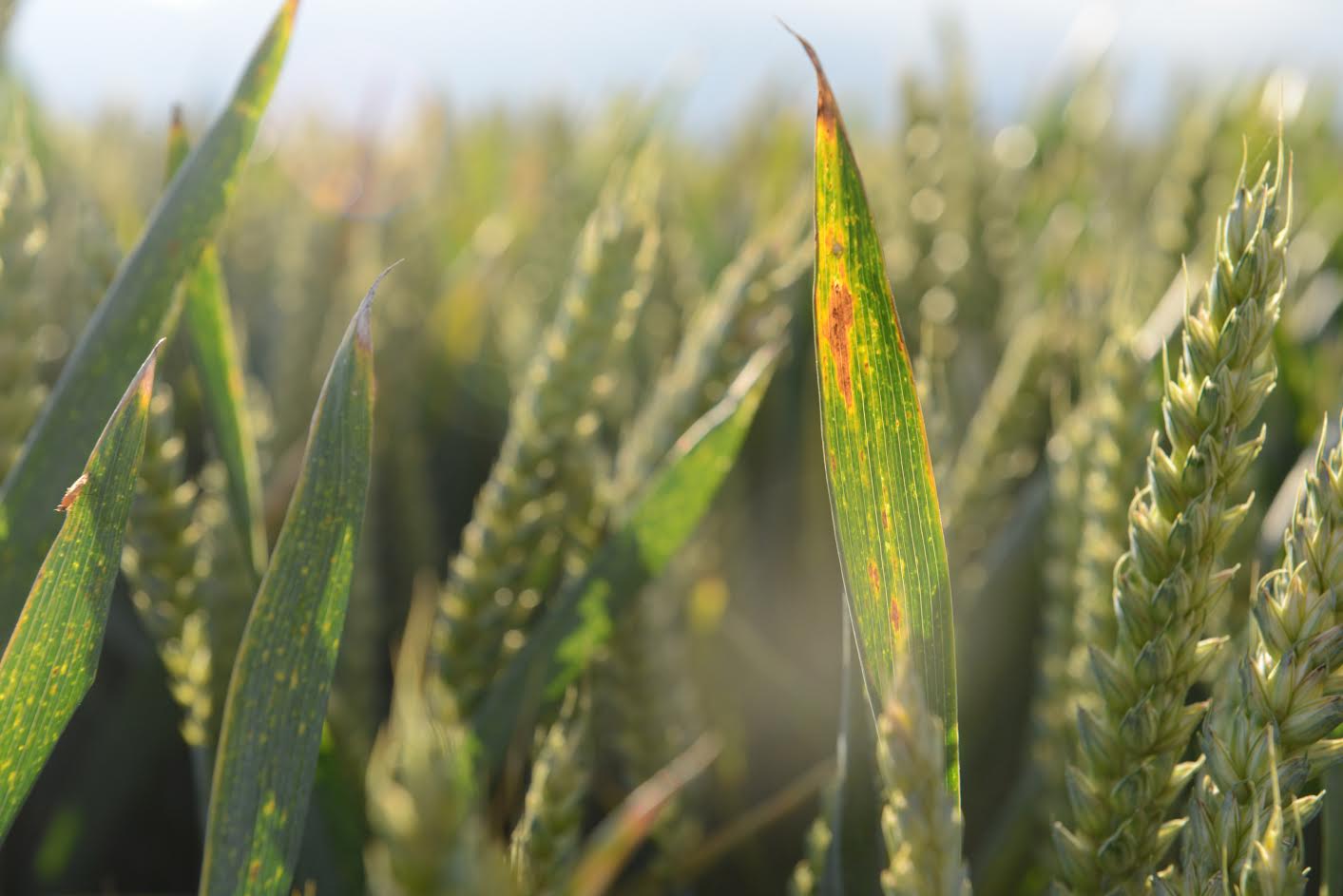
Spring barley growers have been told to be alert to the risk of Barley yellow dwarf virus (BYDV) this season.
With high levels of infection in autumn sown crops already reported, there is a widespread inoculum source for disease spread by aphid virus vectors this spring.
Climatic conditions for the past two seasons have been highly conducive for BYDV infection in spring barley, according to Syngenta Insecticides Technical Manager, Max Newbert.
“The cold slow start to growth in April resulted in small plants from early spring sowings, which were more susceptible to infection during prime aphid migration periods in May,” he warned.
Despite some short periods of frosty weather over this winter, overall temperatures have been above average, again, this season.
“It is likely that some populations of Bird Cherry Aphid, the primary vector of BYDV, will have survived,” reported Max.
Frosty weather
However, the good news is that the recent frosts could have effectively hit insecticide resistant populations of Grain Aphid that can also spread infection.
Mr Newbert said: “There is strong evidence that genetic resistance to pyrethroids has made those aphids less fit to cope with cold weather.
“Furthermore, these resistant aphids typically only reproduce asexually, so we are less likely to see recombination and immediate build-up of resistant populations.”
Spring barley plantings are predicted to increase significantly this season; possibly reaching 800,000 hectares as the area of autumn OSR has declined.
